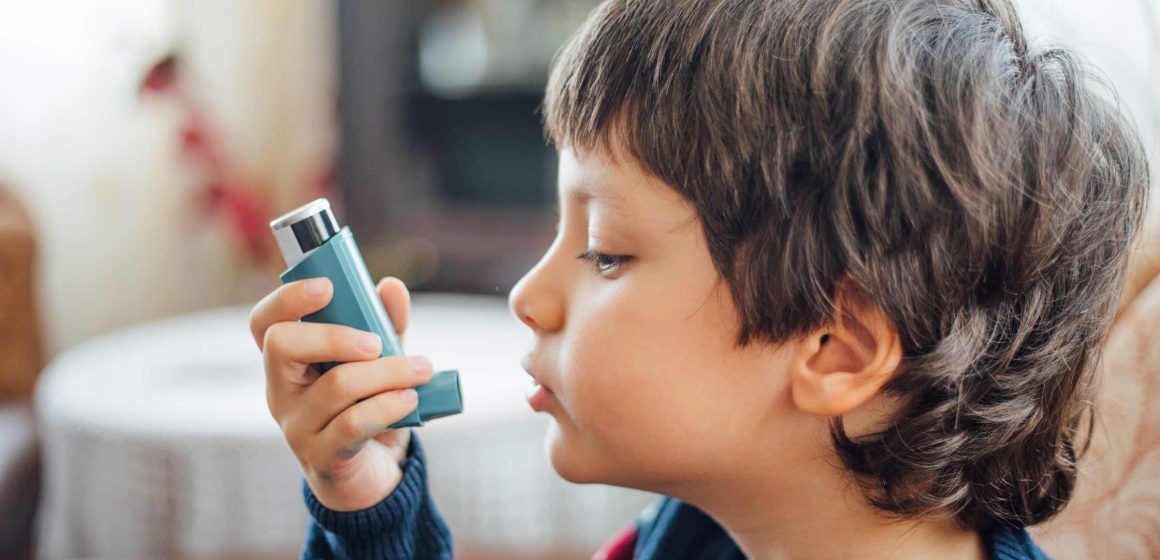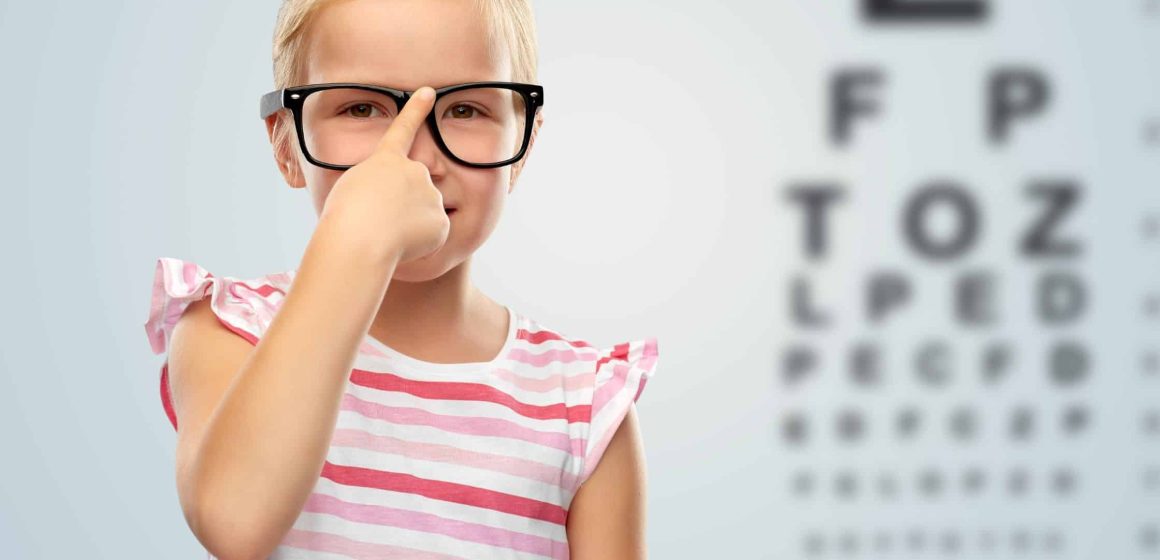How to Prevent Burnout in Parents and Caregivers
Parenting is one of the most rewarding roles, but it can also be one of the most demanding. For parents and caregivers, the constant juggling of responsibilities can sometimes lead to burnout. Understanding the signs and learning strategies to prevent caregiver burnout are essential for maintaining your well-being and continuing to provide the best care for your family.
In this blog, we explore practical tips for preventing burnout while balancing your own health and family responsibilities.
What is Caregiver Burnout?
Caregiver burnout is a state of physical, emotional, and mental exhaustion that occurs when caregivers don’t get the support or breaks they need. Common signs of burnout include:
- Feeling overwhelmed or constantly fatigued.
- Irritability or mood swings.
- Losing interest in activities you once enjoyed.
- Difficulty sleeping.
Recognizing these symptoms early can help you take proactive steps to address them. According to the American Psychological Association, managing stress effectively can significantly reduce the risk of burnout.
Practical Tips to Prevent Burnout
1. Prioritize Self-Care
Taking care of yourself is not selfish—it’s essential. Incorporate small acts of self-care into your daily routine:
- Physical health: Aim for regular exercise, even if it’s just a 10-minute walk.
- Mental health: Practice mindfulness or meditation to reduce stress. Apps like Headspace can be a helpful tool.
- Sleep: Establish a consistent sleep schedule and prioritize rest.
2. Set Boundaries
Learn to say no to tasks or commitments that overwhelm you. Setting clear boundaries with work, family, and social obligations ensures you have the bandwidth to care for yourself and your family effectively.
3. Delegate Responsibilities
You don’t have to do it all. Share responsibilities with your partner, older children, or other family members. If available, consider:
- Hiring help for household chores.
- Asking friends or relatives to assist with childcare.
4. Build a Support Network
Surround yourself with people who understand and support you. Join local or online support groups where you can connect with other parents and caregivers. Platforms like Caregiver Action Network offer resources and communities for caregivers.
5. Practice Stress-Relief Activities
Incorporate stress-relief techniques into your routine, such as:
- Yoga or gentle stretching.
- Journaling about your feelings and experiences.
- Listening to calming music or podcasts.
6. Schedule “Me Time”
Block out time on your calendar just for yourself, whether it’s reading a book, enjoying a hobby, or simply relaxing. Treat this time as non-negotiable.
7. Seek Professional Help
If you feel overwhelmed, don’t hesitate to seek professional support. A therapist or counselor can provide guidance and coping strategies tailored to your situation. You can find qualified professionals through organizations like Psychology Today.
8. Practice Gratitude
Shifting your focus to the positive aspects of your life can boost your mood and resilience. Keep a gratitude journal where you jot down three things you’re thankful for each day.
How to Balance Family Responsibilities
1. Create a Family Routine
A consistent routine helps reduce chaos and ensures everyone knows their roles. Involve your children in creating the schedule, and include:
- Mealtimes.
- Homework or study times.
- Family bonding activities.
2. Communicate Openly
Talk to your family about your needs and feelings. Open communication fosters understanding and ensures everyone is on the same page.
3. Use Time-Saving Tools
Leverage technology to streamline tasks:
- Meal planning apps to simplify cooking.
- Scheduling apps to coordinate family activities.
- Online grocery delivery services to save time.
Conclusion
Preventing caregiver burnout is essential for your health and your family’s well-being. By prioritizing self-care, building a support network, and implementing stress-relief strategies, you can create a more balanced and fulfilling life.
Remember, taking care of yourself allows you to be the best caregiver for your loved ones.


















